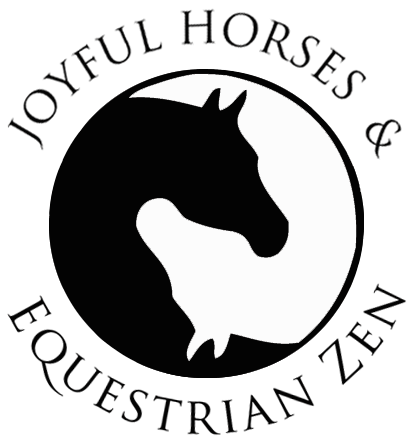Your interactions with your horse create a language between the two of you. It gives your horse a framework to interpret your actions and your expectations. Interacting with conscious intention helps reduce frustration and misunderstanding.

Picture what you want your horse’s default behavior to be. When your horse needs more information from you, how do you want them to get your attention? For example, children in school learn to raise their hand and wait for the teacher to acknowledge them.
When you are working with your horse to ride or drive or even just lead, you need to communicate where you want the horse to be in relation to you, as well as how to approach and handle new/scary things. With clicker training, we teach the horse that approaching new objects will result in good things. This helps the horse look forward to novel experiences versus the traditional horse training methods of look and interact with what I tell you or I will harass you until you do.
With traditional training, horses are taught to move away from pressure or else they will experience discomfort. With Positive Reinforcement and Clicker Training, you are teaching the horse to go towards things (a target) and receive something that the horse likes. You’re using a target to initiate movement instead of using the fear of discomfort to initiate movement. With clicker training you are able to indicate to the learner (horse, dog, pig, chicken) the exact action that will get them more good things. It’s an extremely powerful tool. And by simplifying and clarifying exactly what you want your learner to do and reinforcing with things they like, you are making the new behavior something they WANT to do. You are making training FUN, a game that they can control and “win”.
The learner will start asking to play the training game. All of the stuff they learn gets filed away for later use and they want to do the new stuff, the hard stuff so they can earn more good things. If you think of training as a game, you understand the importance of playing by clear rules. And having definite beginning and endings to the game. The more you set up your training sessions with a clear beginning, middle and end, the more confident your learner will be that they are on the right path.
